Architecture Australia, July 2018
Architecture AustraliaProvocative, informative and engaging discussion of the best built works and the issues and events that matter.
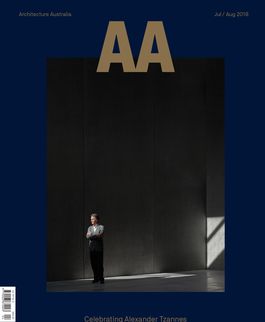
Provocative, informative and engaging discussion of the best built works and the issues and events that matter.
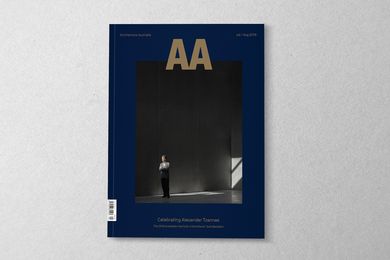
The discipline and practice of architecture: An introduction to the July/August 2018 issue of Architecture Australia.
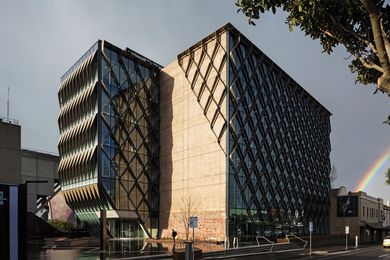
GHDWoodhead’s transformation of the 1970s Geelong headquarters of Victoria’s largest urban water corporation into a striking contemporary office is symbolic of the urban renewal at the regional city’s cultural and civic heart.
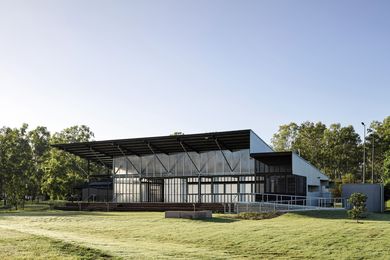
Working within tight budgetary constraints, Bark Design Architects’ Curra Community Hall elegantly reinterprets a regional typology to create a flexible and memorable space for a small rural community.
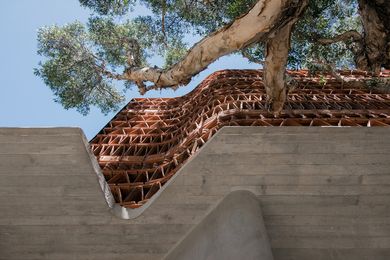
The Beehive, designed by Raffaello Rosselli Architect with Luigi Rosselli Architects, is a poetic exploration of the aesthetic and structural potential of recycled materials as applied to the design of this architectural family’s own Surry Hills studio.
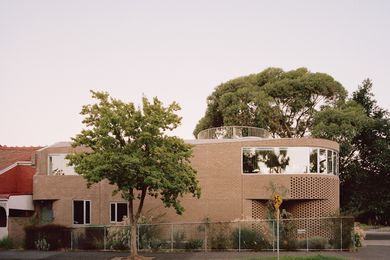
Dissolving the distinction between inside and out, architecture and landscape, Rose House 2 in Melbourne’s Fitzroy North builds on Baracco and Wright Architects’ well-established, reparative approach to site, context and ecology.

Naomi Stead and Sandra Kaji O’Grady introduce their guest-edited dossier for Architecture Australia, which looks at the state of research in large architecture practices in Australia.
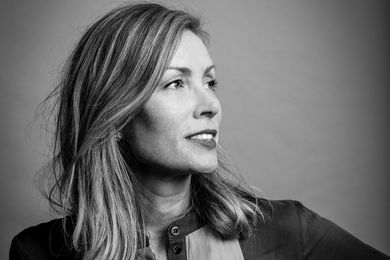
A frank and revealing discussion about how and why large Australian practices organize and fund research, and how they disseminate its findings.

Murray Fraser, vice-dean of research at the Bartlett School of Architecture and as chair of the Research and Innovation Group at RIBA, explores practice-based research.
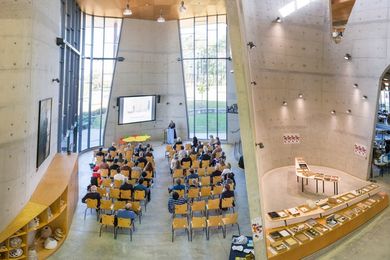
Peter Raisbeck argues that the lack of formalized research and development in Australian architecture practice is stymieing innovation.
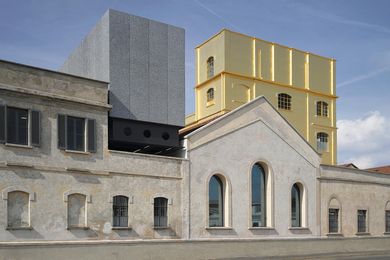
Reinier de Graaf, co-founder of OMA’s research arm AMO, discusses its investigations, the profession’s current interest in research and architecture’s cardinal sins.
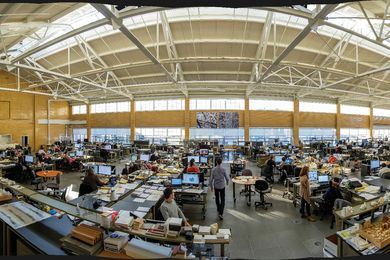
Billie Faircloth, partner at Kieran Timberlake, argues that a conversation on research in architectural practice begins by making the word “research” more approachable.